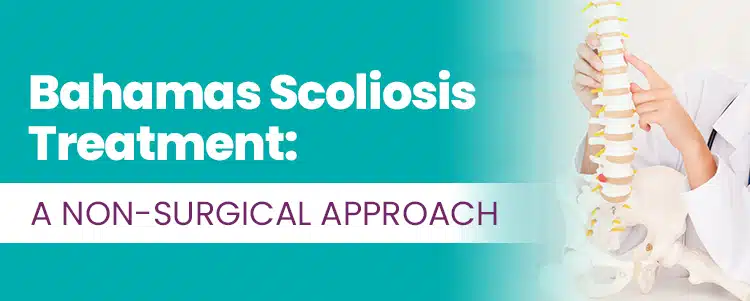

Bahamas Scoliosis Treatment: A Non-Surgical Approach
Discover non-surgical scoliosis treatment options with Dr. Tony Nalda, offering impressive corrective results for patients.
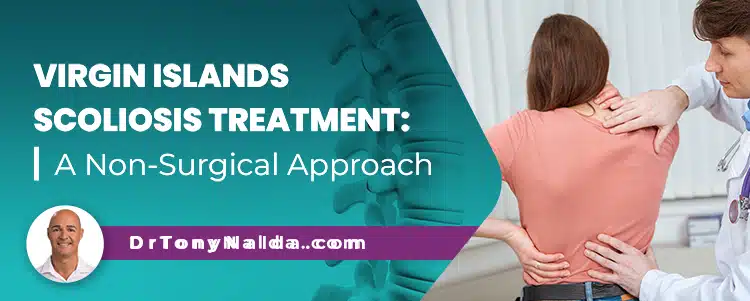

Virgin Islands Scoliosis Treatment: A Non-Surgical Approach
Facing a scoliosis diagnosis means choosing between surgical and non-surgical treatments.
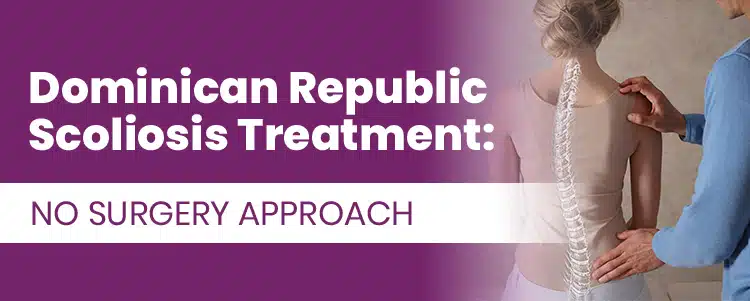

Dominican Republic Scoliosis Treatment: No Surgery Approach
Questions about scoliosis diagnosis and treatment are common. Treatment approaches vary, impacting spinal health and function.
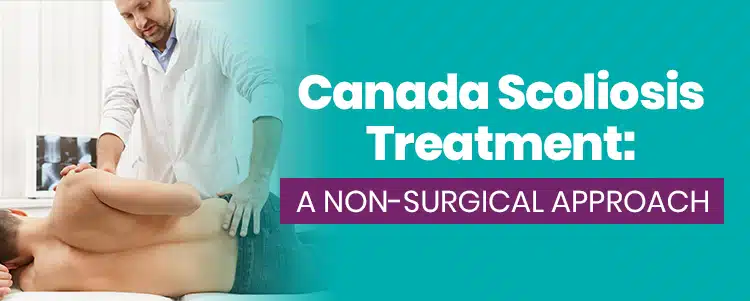

Canada Scoliosis Treatment: A Non-Surgical Approach
Access non-surgical scoliosis treatment: Preserve spine's function and curves wi
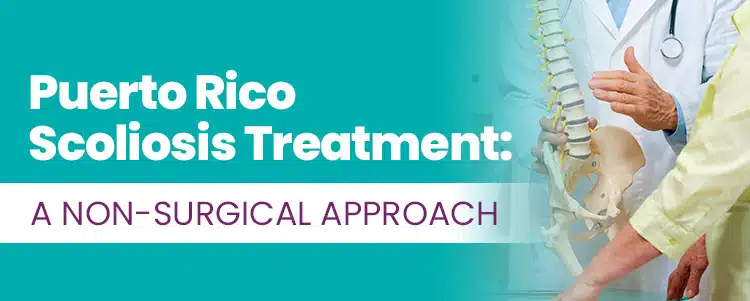

Puerto Rico Scoliosis Treatment: A Non-Surgical Approach
Access to non-surgical scoliosis treatment can require travel. Preserve spine's natural curves, strength, and function.
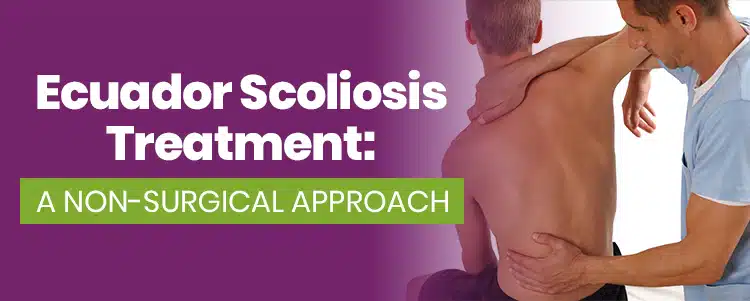

Ecuador Scoliosis Treatment: A Non-Surgical Approach
Choosing scoliosis treatment has lasting effects. Different approaches yield different outcomes.
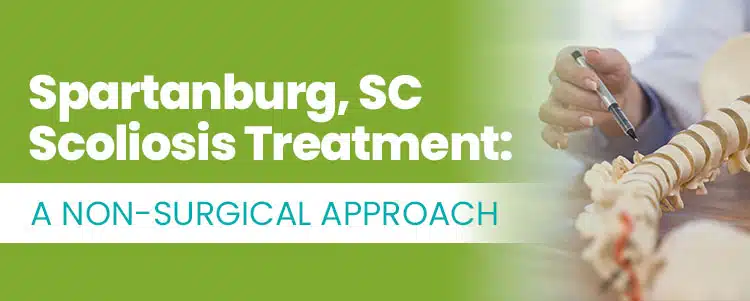

Spartanburg, SC Scoliosis Treatment: A Non-Surgical Approach
Scoliosis is a 3D progressive spinal condition. Choose treatment carefully; surgery or non-surgery options have lasting impacts.
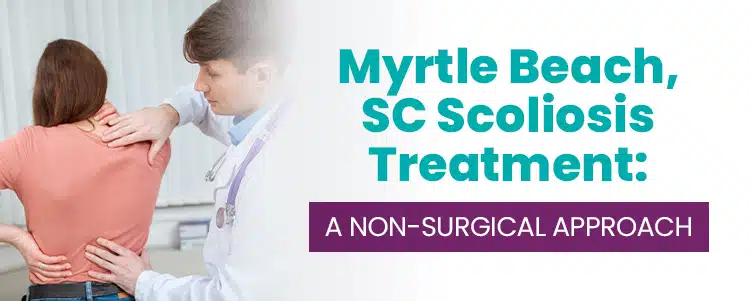

Myrtle Beach, SC Scoliosis Treatment: A Non-Surgical Approach
Scoliosis treatments differ in results. Dr. Tony Nalda offers non-surgical options, proving many don't need surgery.
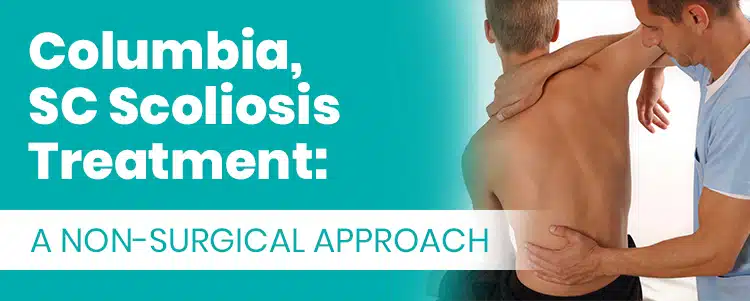

Columbia, SC Scoliosis Treatment: A Non-Surgical Approach
Choosing the right scoliosis treatment is crucial for its progression. Dr. Tony Nalda offers effective non-surgical options.
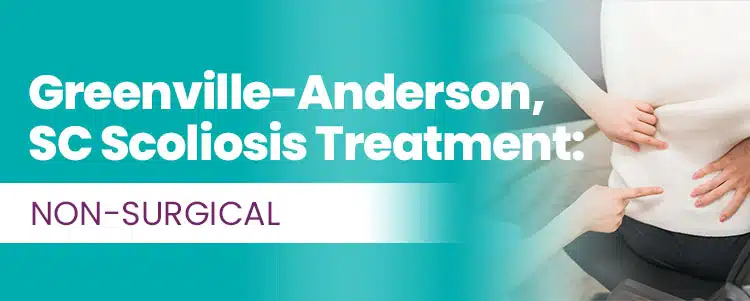

Greenville-Anderson, SC Scoliosis Treatment: Non-Surgical
Responding to scoliosis diagnosis is crucial; surgery isn't the only option. Dr. Tony Nalda offers non-surgical treatment for better outcomes.
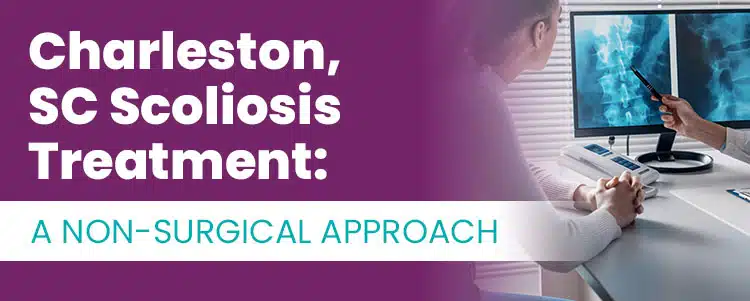

Charleston, SC Scoliosis Treatment: A Non-Surgical Approach
Explore non-surgical scoliosis treatment with Dr. Tony Nalda for effective, world-class care.
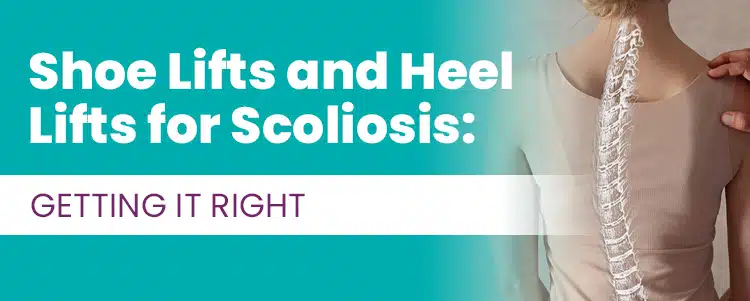

Shoe Lifts and Heel Lifts for Scoliosis: Getting It Right
Scoliosis treatment requires a comprehensive approach. Shoe lifts can be beneficial for reducing pain and improving posture.
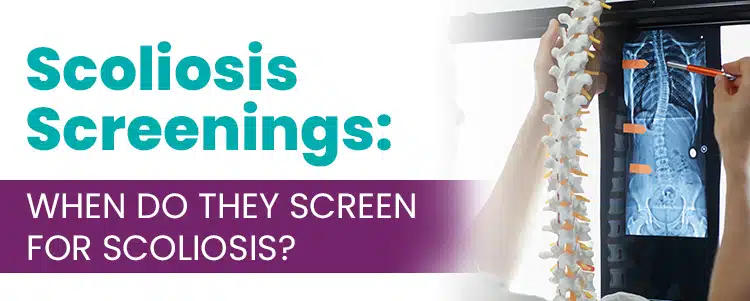

Scoliosis Screenings: When Do They Screen For Scoliosis?
Early scoliosis screening is vital for timely treatment initiation, ensuring better response and managing progression risks.
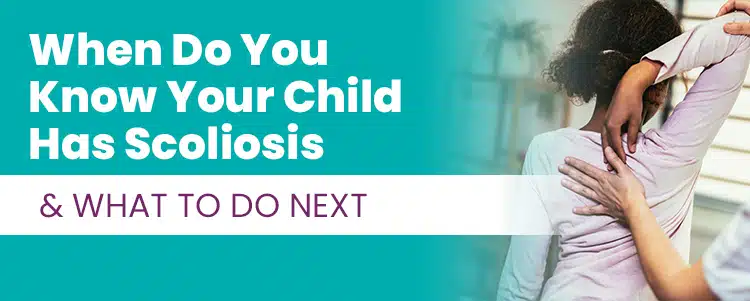

When Do You Know Your Child Has Scoliosis & What To Do Next
Early detection is crucial for successful scoliosis treatment. Learn to recognize early signs and understand treatment options.
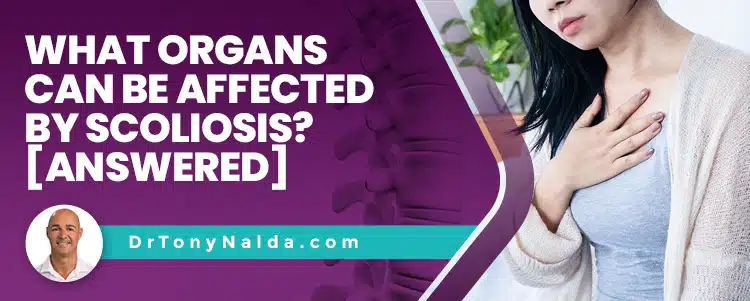

What Organs Can Be Affected By Scoliosis? [ANSWERED]
Scoliosis can affect organs, particularly lungs, in severe cases. Understanding the diagnosis is crucial to address its impact.
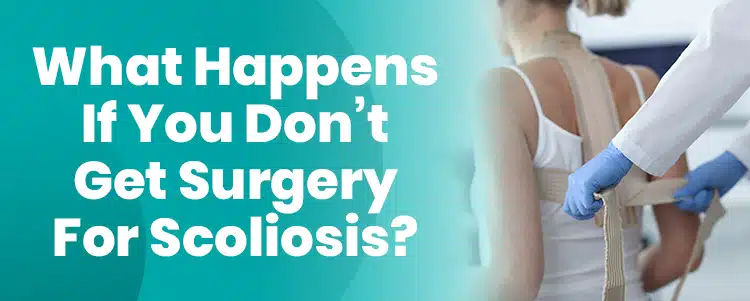

What Happens If You Don’t Get Surgery For Scoliosis?
Scoliosis treatment offers surgical and non-surgical options. Early detection and proactive care can avoid surgery risks.
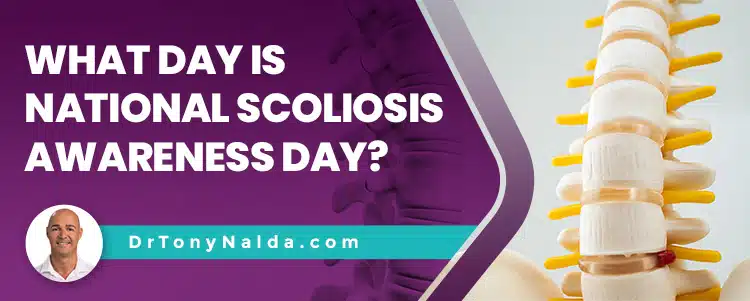

What Day Is National Scoliosis Awareness Day?
National Scoliosis Awareness Day on June 26th aims to increase awareness about scoliosis, promote early detection, and improve treatment outcomes.
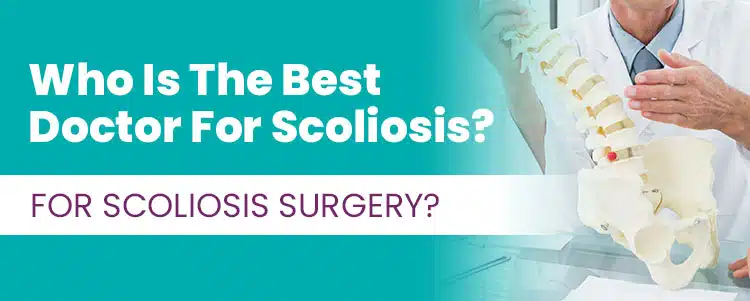

Who Is The Best Doctor For Scoliosis? For Scoliosis Surgery?
Choosing the best doctor for scoliosis treatment depends on the selected approach: surgical or non-surgical.
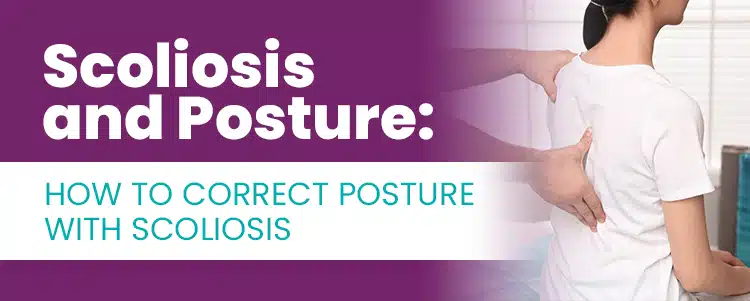

Scoliosis and Posture: How To Correct Posture With Scoliosis
Scoliosis in children shows as postural deviation, while adults may experience pain.